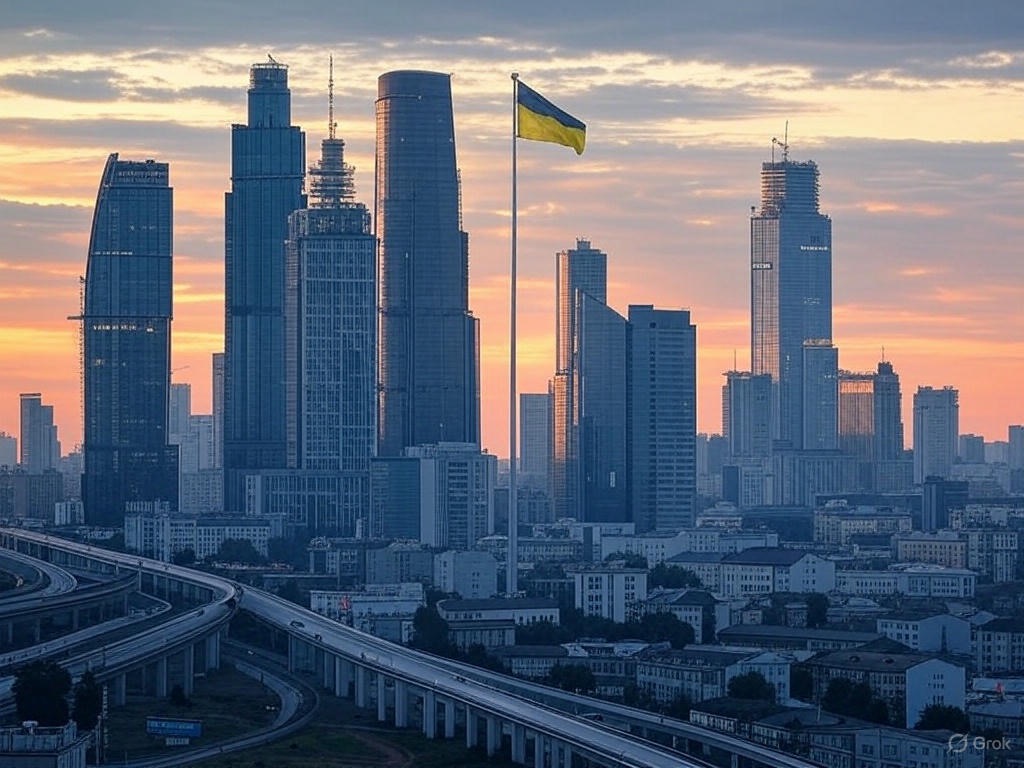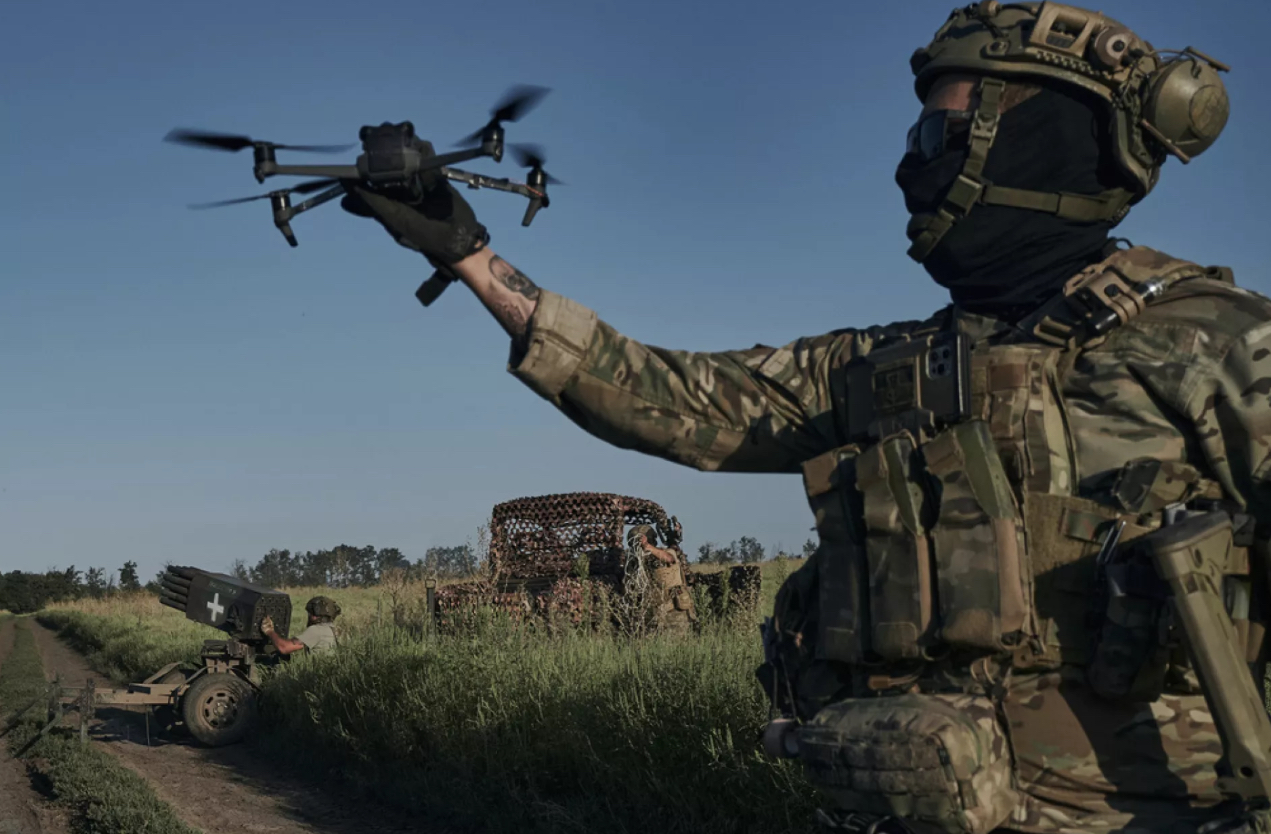From a Bogotá rooftop, concrete towers and Andean peaks sketch a nation forever balancing boom and worry. Colombia’s recent economic arc proves the point. Output collapsed seven per cent in 2020, then sprang to 11 per cent in 2021 and 7.5 per cent in 2022, the hemisphere’s sharpest rebound. Last year growth drifted to 0.6 per cent as high rates cooled demand, yet forecasts still see a return to roughly three per cent by 2025.
Inflation’s 2022 crest of 13 per cent has ebbed to single digits; the central bank, after pushing its policy rate above 13 per cent, is poised for measured cuts. Public finances remain under scrutiny: pandemic spending swelled the deficit to seven per cent of GDP and lifted debt toward 60 per cent, but a 2022 tax overhaul trimmed the gap to about four per cent.
Peso swings and political pivots
Currency drama is Colombia’s national sport. The peso sank past 5,000 to the dollar on election jitters in 2022, then became Latin America’s star performer the next year. Analysts expect ten-to-fifteen-per-cent swings around a gentle downward drift, dictated largely by oil prices and global risk appetite.
That turbulence reflects politics. Gustavo Petro’s 2022 victory delivered the first left-wing presidency and a pledge to halt new oil exploration while boosting welfare. Congress, courts and the central bank have since blunted the sharpest edges, diluting bills and overturning a regulator takeover bid. Institutions argue; they rarely break.
An unusually open rulebook
Foreign and domestic capital share equal rights almost everywhere. Ownership caps are scarce, profits can be repatriated once a central-bank form is stamped, and Colombia belongs to the New York Convention and dozens of bilateral treaties. Courts run slowly, so contracts usually send disputes to arbitration.
The commercial code is modern: a simplified joint-stock company can be created online in days. Taxes are steeper, 35 per cent on profits, 20 per cent on outgoing dividends, yet carve-outs abound. Firms inside free-trade zones pay 20 per cent flat; renewable-energy equipment skips VAT and duties; big infrastructure concessions can lock fiscal terms for two decades.
Where money is flowing
The brightest magnet is renewable energy. Wind corridors on La Guajira’s coast and solar fields inland have drawn nearly two billion dollars in two years, helped by long-term power contracts. With hydro already dominant, the drive is about climate resilience and potential green-hydrogen exports.
Agribusiness is staging a quiet revolution. Only a fifth of arable land is cultivated, yet three harvests a year are possible in many valleys. Coffee and bananas still headline, but avocados, cocoa and shrimp are scaling fast, often in former conflict zones.
Infrastructure may prove the most transformative. The fourth-generation highway plan is two-thirds complete, slicing freight times through the Andes; a fifth-generation round now widens tenders to rail, ports and metros, using contracts that share traffic risk and survive changes of government.
Digital services ride a different engine: talent. Bogotá and Medellín teem with coders earning a fraction of Silicon Valley pay; fintechs and delivery apps headline a growing start-up scene. Venture capital is modest in dollars but loud in influence.
Not every avenue is open. Oil and gas, long the export backbone, sits in limbo under the exploration freeze and windfall taxes. Large-scale mining fights erratic permits and local referendums; the colossal La Colosa gold deposit stays locked underground. These industries will not vanish, yet their golden era has dimmed.
Lingering risks
Security has improved drastically since the 2016 peace accord with FARC, but pockets of guerrillas and gangs still menace remote corridors. Urban Colombia now feels safer than parts of Mexico or Brazil; petty crime, not political violence, tops daily worries.
Corruption remains grit in the gears. Transparency International ranks Colombia 91st of 180 nations. Most graft is low-level, the expedited permit, the helpful customs agent—but scandals like Odebrecht’s tainted highway deal show the stakes.
Currency risk is perpetual. The free-floating peso turns devaluations into windfalls for exporters and headaches for domestic-currency projects. Community lawsuits or environmental injunctions can halt works for months, prompting firms to front-load consultation and social spending.
A habit of resilience
Foreign direct investment charts the pattern. After crashing to 7.5 billion dollars in 2020, inflows more than doubled to 17 billion in 2022 and held that level last year, the region’s third-largest haul, behind only Brazil and Mexico. Much of it was reinvested earnings, suggesting firms already present like what they see. The United States, Spain and Britain remain dominant sources, with Canada, Chile and China edging up.
Colombia has stumbled and bounced back repeatedly, after the 1999 financial crisis, the 2014 oil-price crash, the 2019 protests and, so far, the leftward turn in politics. Each episode bruised confidence without breaking it.
Quiet strengths, shifting landscape
The central bank’s credibility is one of Colombia’s under-appreciated assets. Since autonomy was enshrined in the 1991 constitution, it has guarded its inflation-fighting mandate through governments of every stripe, anchoring expectations even when global shocks hit.
Diversification is another quiet trend. A decade ago two-thirds of inbound capital targeted extractive projects; last year more than half landed in services, manufacturing, technology or infrastructure. The rotation cushions the economy against commodity swings and hints at a growth model driven less by oil wells and more by engineers, farmers and logistics planners.
The view ahead
Inflation is falling, the currency may wobble but remains free, and the scaffolding of democracy stands. Legal doors stay open, the workforce is young, and renewable ambition crackles across the Andes.
None of this guarantees smooth sailing. Fiscal slippage, policy zigzags or rural violence could still cloud the horizon. Yet compared with many peers, Colombia blends dynamism with an unexpected dose of boring reliability, an unusual mix that keeps the country on the radar whenever the next chapter of global growth is discussed.
Colombia is drafting that chapter in full public view. Anyone curious about emerging-market resilience will find few stories more instructive than the one unfolding now between the Cordilleras and the Caribbean.
Disclaimer: Important Legal and Regulatory Information
This report is for informational purposes only and should not be construed as financial, investment, legal, tax, or professional advice. The views expressed are purely analytical in nature and do not constitute financial guidance, investment recommendations, or a solicitation to buy, sell, or hold any financial instrument, including but not limited to commodities, securities, derivatives, or cryptocurrencies. No part of this publication should be relied upon for financial or investment decisions, and readers should consult a qualified financial advisor or regulated professional before making any decisions. Bretalon LTD is not authorized or regulated by the UK Financial Conduct Authority (FCA) or any other regulatory body and does not conduct activities requiring authorization under the Financial Services and Markets Act 2000 (FSMA), the FCA Handbook, or any equivalent legislation. We do not provide financial intermediation, investment services or portfolio management services. Any references to market conditions, asset performance, or financial trends are purely informational and nothing in this report should be interpreted as an offer, inducement, invitation, or recommendation to engage in any investment activity or transaction. Bretalon LTD and its affiliates accept no liability for any direct, indirect, incidental, consequential, or punitive damages arising from the use of, reliance on, or inability to use this report. No fiduciary duty, client-advisor relationship, or obligation is formed by accessing this publication, and the information herein is subject to change at any time without notice. External links and references included are for informational purposes only, and Bretalon LTD is not responsible for the content, accuracy, or availability of third-party sources. This report is the intellectual property of Bretalon LTD, and unauthorized reproduction, distribution, modification, resale, or commercial use is strictly prohibited. Limited personal, non-commercial use is permitted, but any unauthorized modifications or attributions are expressly forbidden. By accessing this report, you acknowledge and agree to these terms-if you do not accept them, you should disregard this publication in its entirety.



